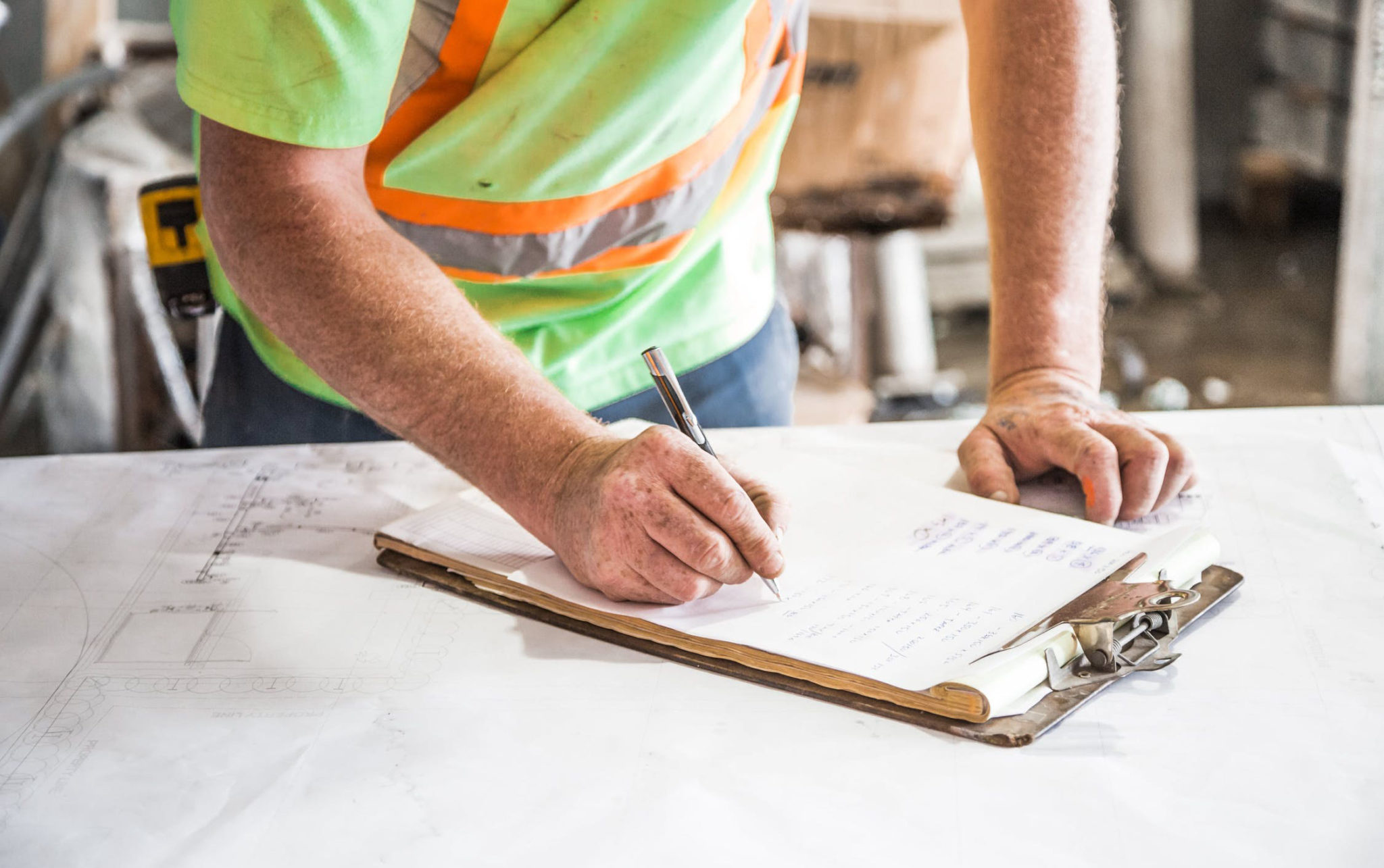In a year of COVID-19, contractors and crews need to stay vigilant and celebrate successes during Construction Safety Week.
Construction Safety Week was created six years ago by more than 40 companies in recognition that construction crews face countless risks of injury every day on job sites. COVID-19 has added risks and uncertainties.
That’s one reason Zurich, a supporter from the start, remains a committed sponsor of Safety Week in 2020. Zurich Risk Engineers have been working to help protect construction workers in many cities and states where building has continued in exceptionally challenging times. Safety Week is an opportunity to heighten awareness of practices that can help manage those challenges to protect workers’ lives and livelihoods.
Construction has always been a high-risk occupation. However, this Safety Week is like no other due to the additional risks crews are facing from COVID-19. Zurich has sponsored Safety Week since 2014, and we will continue encouraging practices that can help mitigate both the perennial risks and the unprecedented ones.
Here are five points that are top of mind for this year’s Safety Week, which consists of both virtual and live events across the country Sept. 14-18.
1. Continual training and communication
Crews need continual training and communication in the best of times, but the evolving challenges of COVID-19 heighten that need. Socially distanced huddle meetings at the start of a shift can offer a preview of the risks anticipated during the shift and prescribe actions to prevent injuries or accidents. Refresher training on how to wear a fall-protection harness, for example, can be especially crucial for workers who might have been out of work for weeks during the height of the pandemic, as well as for subcontractors who may lack the training resources that general contractors have.
“Contractors should have a communications plan in place for their crews and subs, and there should be regular meetings where they’re communicating how they expect work to be performed to get everyone home safely at the end of each shift,” said Rick Zellen, construction senior risk engineering consultant for Zurich North America.
2. Personal responsibility
Contractors and workers need to be vigilant about monitoring and adhering to state and county requirements related to COVID-19. This is complicated by the fact that mandates are evolving as COVID cases rise and fall in different areas.
“Key points to know are requirements for wearing face coverings, temperature taking and social distancing,” Zellen said. “One of the biggest things for workers is, if you feel sick, don’t come to work.”
Furthermore, workers need to protect themselves even when they’re not at work, which is part of looking out for each other’s well-being, too.
3. The fundamentals
COVID concerns have at times overshadowed the Focus Four Hazards that the Occupational Safety and Health Administration talks about with construction. Workers still need to maintain situational awareness and safety practices related to the Focus Four Hazards, which include falls, electrocution, being caught in or between, or struck by, objects.
“Some contractors have us come in, and they want information about cutting-edge technology,” said Robert Labbe, another construction senior risk engineering consultant at Zurich. “I say, ‘First, let’s talk about the basics. If you don’t have people who are tying off, or something is missing in the training, let’s talk about that before we talk about the cutting-edge tech.’ Fall protection and safety glasses still have to be an integral part of safety training from the first day a worker comes to a site.”
See also: COVID-19: Next Steps in Construction
4. Mental health
Construction is an occupation with one of the highest rates of male suicide, according to the Centers for Disease Control and Prevention, and misuse of opioids is also higher in construction than in many occupations. Social isolation and new stressors, such as providing care for children who can’t return to school because of COVID-19, can take a toll.
Superintendents, foremen and others on a construction job site need to be attuned to subtle signs that another crew member may be suffering, get to know people on a first-name basis and take the time to pull up a five-gallon bucket to listen and talk, albeit while wearing a face covering and maintaining physical distance, if required.
“Mental health issues in the past were swept under the rug,” Zellen said. “Our people need to be aware of the issues and know how to recognize signs and symptoms of serious distress.”
5. The power of “thank you”
In a time when contractors and crews may be rushing to make up for time lost to the pandemic shutdown, it’s easy for supervisors to forget to thank their crews for their efforts to work safely — including when they report near-misses. Many jobs have close calls, which can shed light on what action prevented a potential tragedy or what action could be improved to reduce the risk next time.
“A lot goes into making jobs a success,” Zellen said. “On a daily basis, there are a lot of people who do good-quality, safe work; who plan, inform, protect and prevent accidents. Especially today when people are dealing with so many issues, Safety Week is a good opportunity to recognize people and celebrate the successes.”







